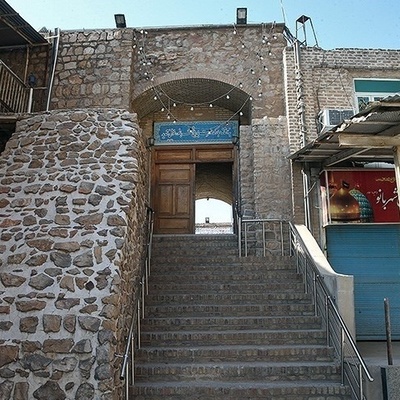SAEDNEWS: According to Hozeh News Agency, our children and teenagers, like wandering explorers, search their dreamlands for something lost, hoping to uncover the hidden secret of the Labubu doll. But have they truly lost anything? Undoubtedly, the answer is yes.

According to Hozeh News Agency, Labooboo dolls are more than mere toys—they are a furry cultural operation. While the eyes of our adolescents are fixed on the mysterious gaze of a doll, who is accountable for the lost identity that should instead be presented to them through their national heroes, such as Hossein Fahmideh?
It is unclear when this trend of the awkward doll began. Everywhere you look, there is Labooboo, staring at you with a cryptic gaze and a menacing smile.
Our children and teenagers, like lost explorers, wander through the land of their dreams searching for something missing, trying to uncover the secret of this hidden doll. But have they truly lost anything? Undoubtedly, the answer is yes. What is missing is far more than a colorful toy; what they are searching for is their identity.
The identity of today’s youth is embodied in timeless role models like Hossein Fahmideh—a young hero whose unparalleled sacrifice created a steadfast barrier against aggression toward the homeland, calling both past and future to witness a heroism that transcends the bounds of time and place.

This epic is not only identity-forming for Iranian teenagers but can inspire all free people worldwide—a solid and grand identity standing tall in honor and dignity, unmatched by any rival, whether a furry doll or fictional cinema heroes.
The anniversary of Hossein Fahmideh’s martyrdom offers an opportunity to reflect on why the firm and lofty place of Iran’s youth-shaping role models is being undermined by directionless Eastern and Western toys and content without any resistance.
Sadly, the country’s elites, cultural planners, and media producers, instead of harnessing Iran’s brightest cultural and identity-making capacities—which could create thousands of impactful cultural packages and confront any cultural void from East or West—remain in a deep, fearful slumber. If this neglect continues, the final threads of identity and civilization for the youth of this land may be severed, cutting the generations’ connection to their roots forever.

Officials and civil society must seize the short window of opportunity and, instead of lingering in theoretical debates, swiftly take practical action. Fortunately, thanks to the country’s scientific and artistic development and the rise of creative, thoughtful young forces, the youth have the capacity to shoulder this responsibility and drive major cultural initiatives suited to society and the tastes of today’s generation.
As the Supreme Leader has said, “Culture is like the air we breathe.” Today, this cultural air has been polluted, affecting the societal identity lungs. Implementing comprehensive, focused, and effective cultural and artistic actions in practice is an unavoidable necessity. As the saying goes, “An ounce of prevention is worth a pound of cure.”

